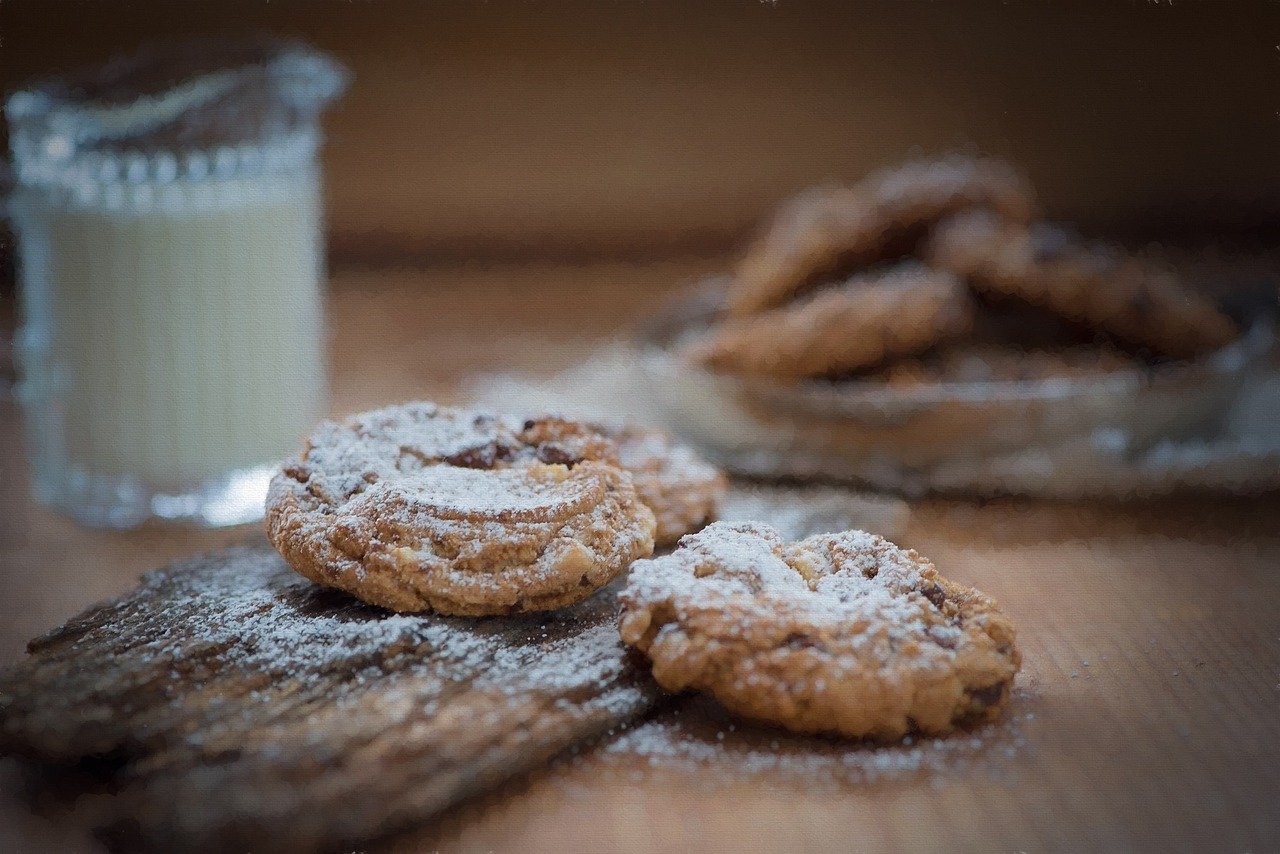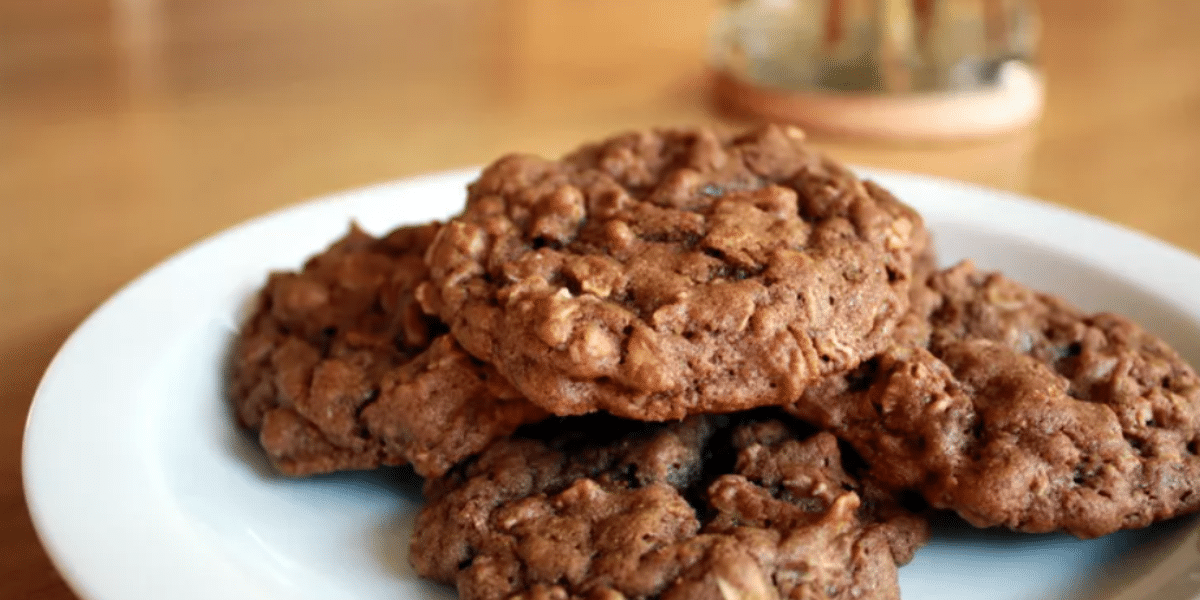Introduction:
Chocolate chip cookies texture is a crucial aspect of baking that can make or break your favorite treat. Whether you’re aiming for a soft and chewy delight or a hard and crunchy experience, understanding the factors that influence their texture is paramount. In this comprehensive guide, we will explore the ingredients, baking techniques, and common issues that determine the texture of your chocolate chip cookies, ensuring that you achieve the perfect batch every time. Discover how brown sugar affects your chocolate chip cookies and learn to perfect your baking skills.
Delving into the Basics of Chocolate Chip Cookies Texture
1.1 Ingredients and Their Impact on cookies Texture
Fat is a crucial ingredient in chocolate chip cookies:
as it adds moisture and richness, significantly impacting the texture. However, exposure to air can cause the fat to harden, resulting in a firmer cookie. It’s important to protect the fat from air exposure to maintain its softness and ensure that your cookies turn out with the desired texture.
By keeping the fat sealed and properly stored, you can preserve its moisture and prevent it from hardening, ultimately enhancing the overall texture of your chocolate chip cookies. Paying attention to this simple yet essential aspect of baking ensures that your cookies remain soft, chewy, and irresistible with every bite.
Sugar plays a significant role in the texture of cookies.
High levels of sugar can cause the cookies to harden, darken, and flatten during baking, which can affect the overall texture. It’s crucial to strike the right balance when adding sugar to your cookie dough to achieve the desired texture. Excessive sugar can lead to undesirable outcomes, such as overly sweet and crunchy cookies. Therefore, it’s essential to measure and regulate the amount of sugar used in your recipe to ensure that your cookies maintain their softness and chewiness. By controlling the sugar content, you can influence the texture of your cookies and create treats that are perfectly balanced in sweetness and texture.Explore the effects of substituting brown sugar for white sugar in chocolate chip cookies.
The choice of flour significantly impacts the texture of your cookies:
and all-purpose flour is often recommended for achieving the desired consistency. However, experimenting with specialty flours like bread flour or cake flour can lead to cookies with different textures. It’s essential to find the flour type that aligns with your preferences. By selecting the right flour, you can elevate the texture of your cookies, ensuring they are soft, chewy, and delightful every time you bake. Paying attention to this simple aspect of baking can greatly enhance the overall quality of your cookies.
1.2 Baking Process and Techniques for the cookies :
2.Addressing Common Issues and Solutions
2.1 Identifying Why Cookies Turn Hard
Excessive flour can toughen chocolate chip cookies, altering their texture. Conversely, insufficient butter can deprive the cookies of the necessary fat for softness, leading to a harder texture. Overcooking, a frequent error, can also harden cookies, resulting in an undesirable texture. Monitoring flour quantities, ensuring adequate butter, and avoiding over-baking are essential steps in creating the perfect chocolate chip cookies with the desired texture. Paying attention to these factors helps maintain the ideal balance of ingredients and ensures that your cookies turn out soft and delicious every time.
2.2 Tips for Softening Hard Cookies
When faced with hard cookies, the microwave offers a quick solution to soften them. Simply heat the cookies in the microwave for a few seconds to restore their softness. Another trick is to store cookies with a slice of bread, as bread helps to retain moisture and prevent cookies from becoming overly hard. Additionally, making ingredient adjustments can significantly impact the texture of chocolate chip cookies. Tweaking the amounts of butter, egg yolks, or brown sugar can lead to the perfect texture. By experimenting with these adjustments, you can tailor the recipe to achieve the desired softness and chewiness in your cookies. These simple techniques empower you to rescue and enhance the texture of your cookies, ensuring they remain soft, chewy, and delightful to enjoy,Learn more about brown sugar alternatives in chocolate chip cookies.
3.Advanced Tips of cookie texture :
Experimenting for the cookie texture tips
3.1 Ingredients and Their Roles
Baking soda plays a crucial role in chocolate chip cookies by aiding in dough leavening, resulting in a softer texture. Additionally, the type of sugar used can significantly influence the cookies’ texture, allowing for customization to achieve the perfect chocolate chip cookies texture. Experimenting with different sugar types enables you to fine-tune the texture of your cookies according to your preferences. By incorporating baking soda and selecting the appropriate sugar type, you can master the art of baking chocolate chip cookies with the ideal texture. These simple adjustments contribute to the overall quality and enjoyment of your homemade treats, ensuring they turn out soft, chewy, and utterly delightful with every batch.
3.2 Temperature and Time Adjustments
Adjusting the oven temperature can impact the texture . Baking at a higher temperature for a shorter duration can lead to softer cookies. Furthermore, understanding how to conduct a doneness test is crucial in preventing over-baking and ensuring the ideal texture. By mastering the art of testing cookies for doneness, you can avoid the risk of ending up with cookies that are too hard or crunchy. Monitoring the oven temperature and employing proper testing techniques contribute to achieving the perfect texture in your chocolate chip cookies. These simple yet effective strategies empower you to create cookies that are soft, chewy, and irresistibly delicious with every batch.
4.FAQs

4.1 Why Do My chocolate cookies Get Hard After Cooling?
Understanding the cooling process is essential for preventing hardness and maintaining the desired texture . Properly cooling the cookies allows them to set without becoming overly firm. Additionally, implementing suitable storage methods is crucial for ensuring that your cookies remain soft and fresh for an extended period. By storing the cookies in an airtight container or resealable bag, you can help retain their moisture and prevent them from drying out. Paying attention to these aspects of the baking process contributes to the overall quality and enjoyment of your cookies. With proper cooling and storage techniques, you can savor soft, delectable cookies that are perfect for any occasion.
4.2 Making cookies Chewy Instead of Crispy :
Making adjustments to the ingredients can result in a chewier texture for your baked goods. Likewise, tweaking baking techniques, such as altering the time and temperature, can also play a significant role in achieving the desired texture. By experimenting with ingredient proportions and refining baking methods, you can gain mastery over the texture of your creations. These adjustments allow for flexibility in tailoring your recipes to suit your preferences and baking goals. With careful consideration and experimentation, you can fine-tune your baking process to consistently produce treats with the perfect texture.
4.3 Storing Cookies to Retain Softness
Using airtight containers is crucial for preserving the moisture content of your cookies. They help create a sealed environment that prevents air from drying out the cookies. Understanding the shelf life of cookies is also important in maintaining their softness over time. Knowing how long cookies can be stored while retaining their softness is key to preserving the perfect texture. By storing your cookies properly in airtight containers and being aware of their shelf life, you can ensure that they remain soft and delicious for longer periods.
4.4Can overbaking cause chocolate chip cookies to become hard?
Answer: Yes, overbaking chocolate chip cookies can indeed lead to them becoming hard. Baking cookies for too long causes them to lose moisture, resulting in a firmer texture. It’s important to monitor the baking time closely and remove the cookies from the oven once they are lightly golden around the edges, as they will continue to firm up as they cool on the baking sheet.
Conclusion:
In conclusion, achieving the perfect texture is a blend of art and science. By understanding the roles of ingredients, mastering baking techniques, and addressing common issues, you can create cookies that are exactly to your liking, be they soft and chewy or hard and crunchy. Remember, baking is not just about following a recipe; it’s about experimenting, learning, and having fun along the way. So, put on your apron, preheat your oven, and embark on a journey to perfect your texture! Explore our timeless Nestle chocolate chip cookie recipe for more inspiration.

